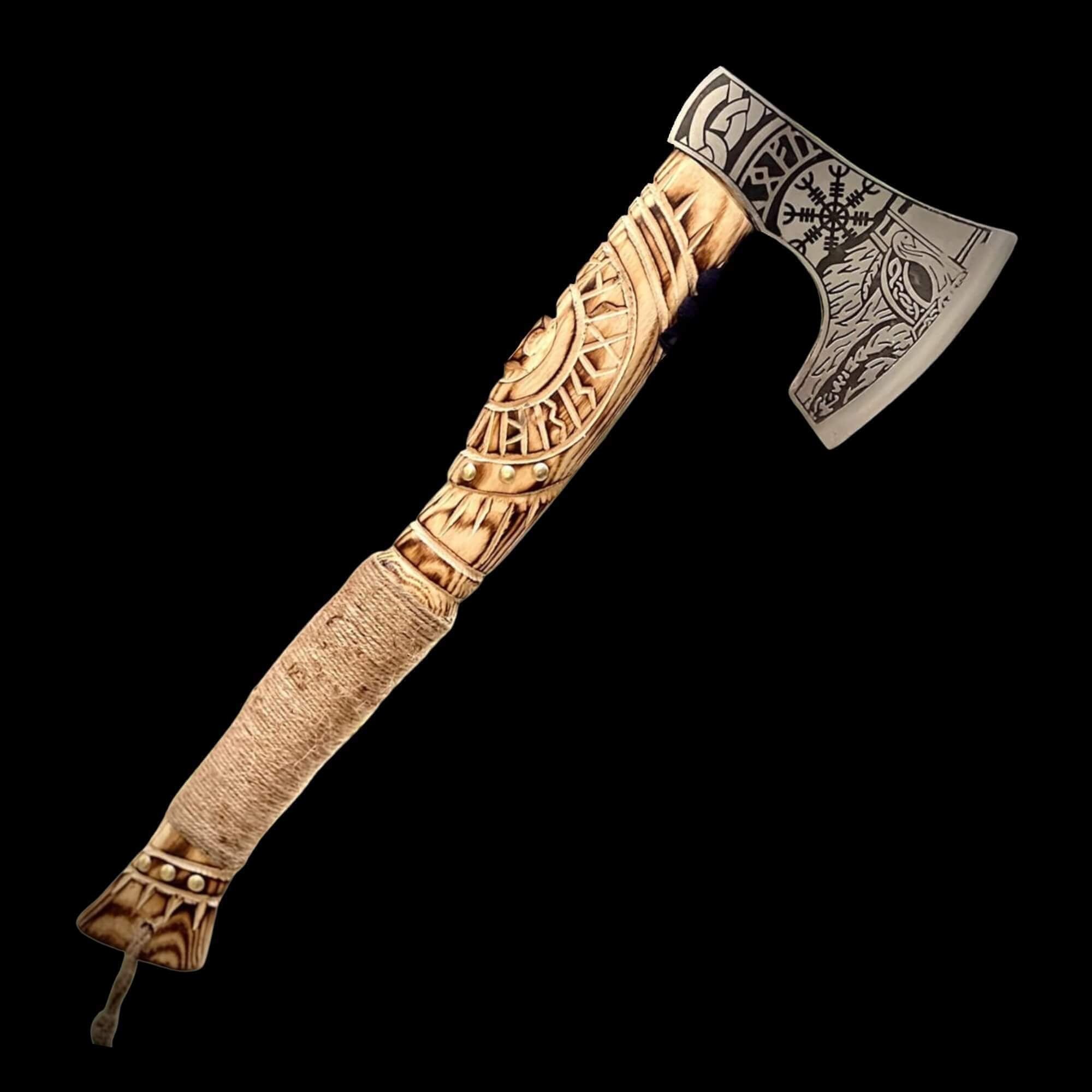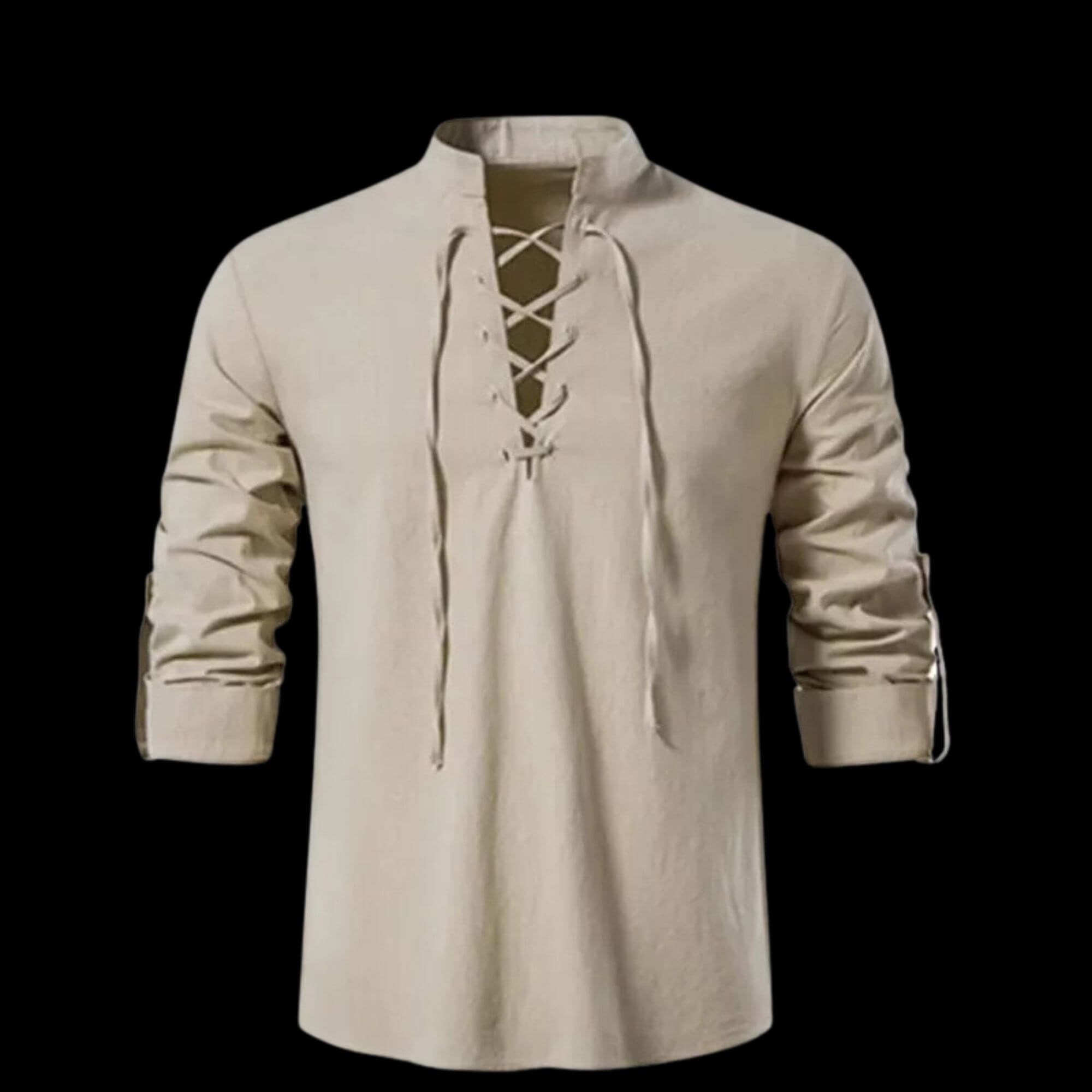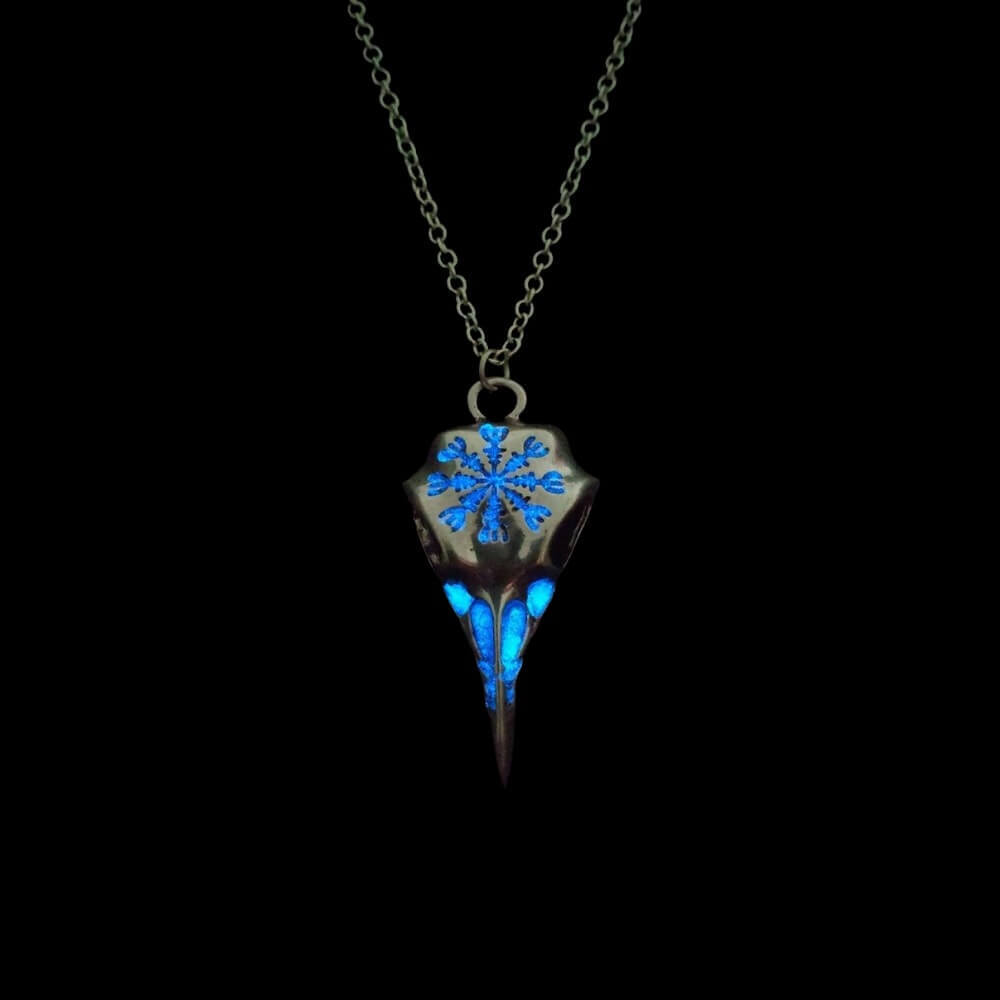
Dísablót: The Sacred Viking Ritual for the Dísir
In Norse culture, rituals were a central way for people to connect with the divine, honor their ancestors, and ensure prosperity. Among these traditions, Dísablót stands out as a sacred sacrificial feast dedicated to the dísir; female spirits and protective powers linked to fate, fertility, and family. This ancient ceremony reveals much about Viking beliefs, community life, and spiritual practices.
Who Were the Dísir in Norse Beliefs?
The dísir were powerful female entities associated with destiny, protection, and fertility. Some traditions link them to ancestral women, others to divine beings connected with Freyja and the Vanir gods. The dísir were believed to influence the well-being of families and communities, which made honoring them a vital part of Norse culture.
Dísablót was a sacrificial ceremony performed to seek blessings from the dísir. The ritual was often held to ensure:
-
Fertility and good harvests
-
Protection for families and warriors
-
Guidance in matters of fate and destiny
By offering sacrifices, the Vikings expressed gratitude and sought harmony with the unseen forces that shaped their lives.
Accounts from Old Norse sources describe Dísablót as a communal event that included:
-
Sacrifices of animals or offerings of food and drink placed before altars or sacred sites.
-
Feasting and gatherings, where entire communities joined in celebration and remembrance.
-
Prayers and rituals invoking the dísir to bless the people for the year ahead.
Dísablót was often associated with seasonal changes, particularly in autumn and winter, when fertility and survival were pressing concerns.
The Connection Between Dísablót and Viking Society
Dísablót was not just a religious act but also a social one. It strengthened community bonds, reinforced cultural identity, and emphasized respect for women, ancestors, and unseen protective powers. In this way, the ritual embodied the Viking understanding of life’s interconnectedness: family, fate, and the natural cycles of the world.
The ceremony is mentioned in medieval texts such as the Íslendingabók and the Hervarar saga. In Sweden, Dísablót was connected to the Disting, a gathering that combined markets, legal assemblies, and religious rites. This shows how deeply woven the ritual was into both everyday life and spiritual practice.
Although centuries have passed since Vikings gathered for Dísablót, the ritual continues to inspire modern interest in Norse traditions. It reflects values of:
-
Respect for ancestors and family
-
Harmony with nature and fertility cycles
-
Acknowledgment of female spiritual powers
For those exploring Norse culture, Dísablót is a reminder of how rituals gave meaning and structure to Viking life.
The Dísablót was more than just a sacrifice, it was a cultural cornerstone that blended faith, community, and survival. By honoring the dísir, the Vikings sought guidance, fertility, and strength. Today, this tradition still resonates as a testament to the depth of Norse beliefs and their enduring impact on our understanding of the Viking Age.




